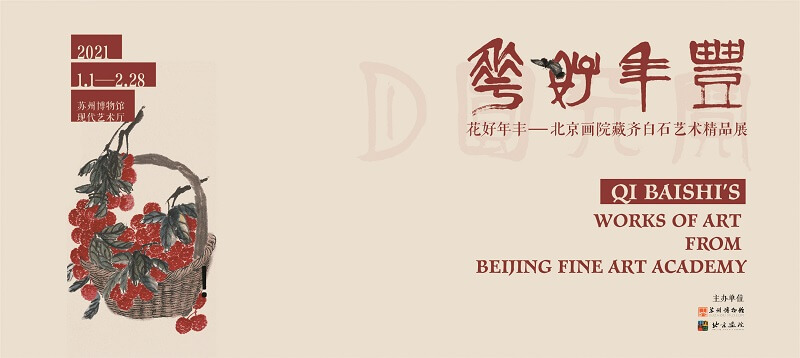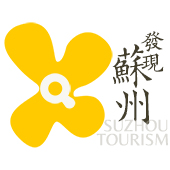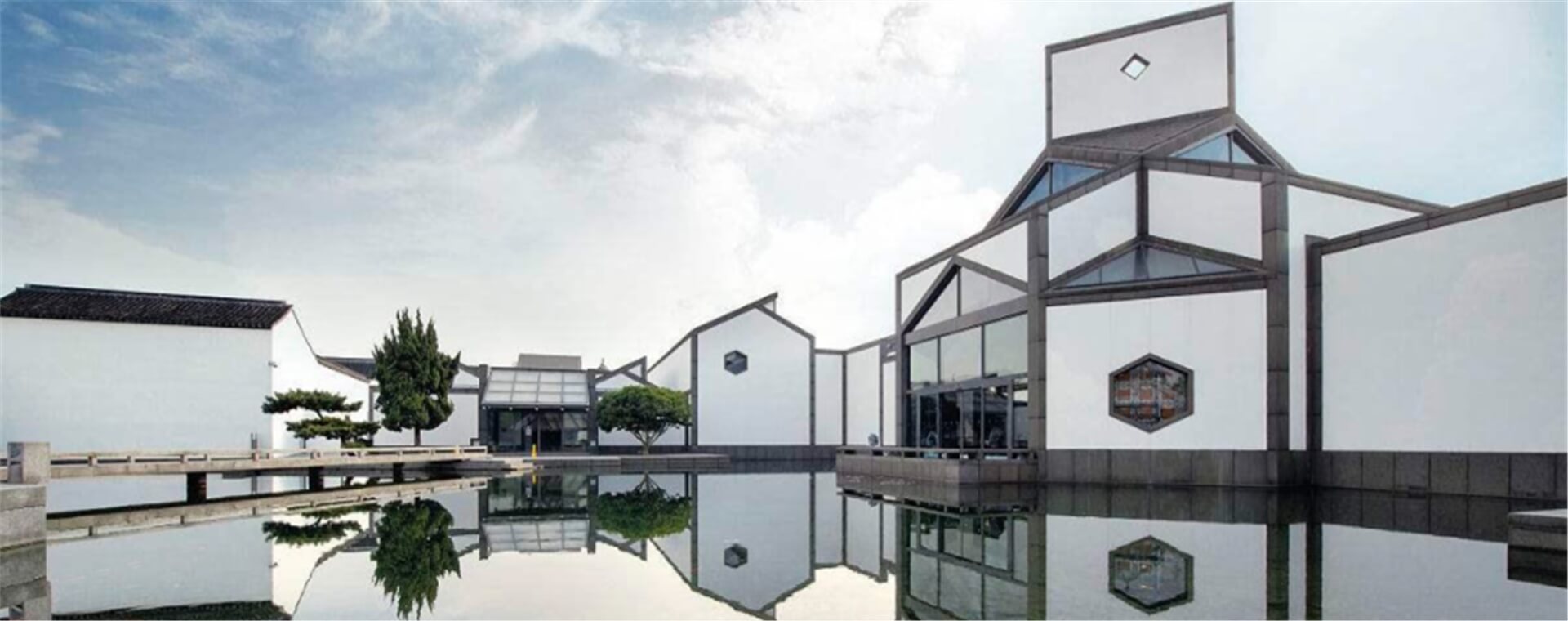
Exhibition time: January 1, 2021 (Friday) – February 28, 2021 (Sunday)
Exhibition venue: Modern Art Hall, New Suzhou Museum
Foreword

Qi Baishi was the most prestigious, creative and influential master of art in China in the 20th century. He was good at composing poetry, calligraphy, painting and carving seals, making him a master of modern Chinese painting. Qi Baishi’s works of art have benefited from the essence of literati painting, and also integrated the unadorned folk art into it. He tried to express Chinese people’s feelings and thoughts in a way popular with the intellectuals and general public, and explored the profound traditional Chinese culture with lifetime efforts. Qi Baishi experienced three periods in his life, from the late Qing dynasty to the Republic of China until the founding of the P.R.C., tuning from a carpenter to a genius of art. Qi Baishi was awarded as National Artist by Ministry of Culture in 1953 and International Peace Prize (1955) by World Peace Council in 1956. On 14th May 1957, China Painting Academy of Beijing (now Beijing Fine Art Academy) was established, with Qi Baishi as honorary director. After his death, his family followed his will and donated his works, daily items and collections to the government, later incorporated into Beijing Fine Art Academy, which owns the largest collection of Qi Baishi’s works and plays an important role in research, display and promotion of his art.
As a center for collection and research of calligraphy and painting in and around Jiangsu and Zhejiang province, Suzhou Museum has made remarkable achievements in recent years and attracted much attention by hosting series academic exhibitions on Wu School in the Ming dynasty and Suzhou collectors in the Qing dynasty. Suzhou Museum and Beijing Fine Art Academy have laid a solid foundation for collaboration. They have signed a strategic agreement to strengthen cooperation and share resources. They have co-hosted Yu Fei’an’s painting exhibition and Chen Banding’s calligraphy and painting exhibition in 2017 and 2018 respectively, with a focus on artistic features and development of flower and bird paintings in the 20th century Beijing painting circle from the perspective of fine brushwork and freehand brushwork. Suzhou Museum and Beijing Fine Art Academy have joined forces once again this year to host Qi Baishi fine art exhibition. It will focus on Qi Baishi’s freehand flower and bird paintings, so that the audiences will have a more comprehensive understanding of flower and bird paintings in modern Beijing when they appreciate his works of art.
Qi Baishi loved and yearned for peace for all his life. Utter innocence could be detected from his works. He used to write a couplet in his later years to express wishes for a good and prosperous year. The year of 2020 full of ups and downs due to COVID-19 is coming to an end. In celebration of the upcoming Spring Festival, Suzhou Museum and Beijing Fine Art Academy would use the couplet as the exhibition theme, to send best wishes and blessings to all audiences.
Suzhou Museum & Beijing Fine Art Academy
December, 2020
About Qi Baishi
Qi Baishi (from January 1, 1864 to September 16, 1957), formerly known as Chunzhi, was named Weiqing, Lanting, and later Huang. His name was Linsheng, Baishi, baishishanweng, Laoping, Hesuo, the owner of jieshanyin hall, the old man of jipingtang, and a rich man of three hundred stone seals. His ancestral home is Dangshan, Suzhou, Anhui Province. He was born in Xiangtan, Changsha, Hunan Province. He is a master of modern Chinese painting and a world cultural name People.

In his early years, he worked as a carpenter. Later, he made a living selling paintings. At the age of 57, he settled in Beijing. He is good at painting flowers and birds, insects and fish, mountains and rivers, and figures. His brush and ink are vigorous and moist, his color is rich and bright, his modeling is concise and vivid, and his artistic conception is simple and honest. The fish, shrimp, insects and crabs are very interesting. Qi Baishi died in Beijing hospital on September 16, 1957.

Painting style
Qi Baishi’s strong local flavor, simple peasant consciousness, naive and romantic childlike innocence, and poetic aftertaste are the inner life of his art. As his unique artistic language and visual shape, Qi Baishi’s warm and bright color, the strong contrast between ink and color, simple and naive modeling and writing, the extreme combination of work and writing, and the composition of plain and strange, is relatively Qi Baishi’s unique artistic language and visual shape The external life of Baishi art. The realistic emotion demands the form that adapts to it, and this form strengthens the expression of emotion. The two need, grow and depend on each other, which together constitute Qi Baishi’s artistic life, that is, the overall style of Qi Baishi’s art.
Social evaluation
Picasso: Qi Baishi is a great Chinese painter! How amazing Chinese painters are! Qi Baishi’s ink and wash paintings of fish are not colored, but make people see the long river and swimming fish.
Lang Shaojun: after Wu Changshuo, Qi Baishi pushed forward the traditional Chinese painting and calligraphy and imported new life blood. Qi Baishi is a versatile person. He gives his works simple and fresh peasant feelings, and gives literati painting forms new vitality and modernity. As a tireless pursuer, Qi Baishi’s creative spirit in his struggle for a century is exemplary.
Yu Qiuyu: the earth has endowed Qi Baishi with the highest artistic achievement, and Qi Baishi’s character is closely related to “Tianqu”, simple as a farmer and naive as a child. Qi Baishi is a combination of Huxiang culture and Kyoto culture, which is a self made instrument. Qi Baishi has a deep origin with Huxiang culture.



